Published by Chris Townsend
Last updated Dec, 08 2025
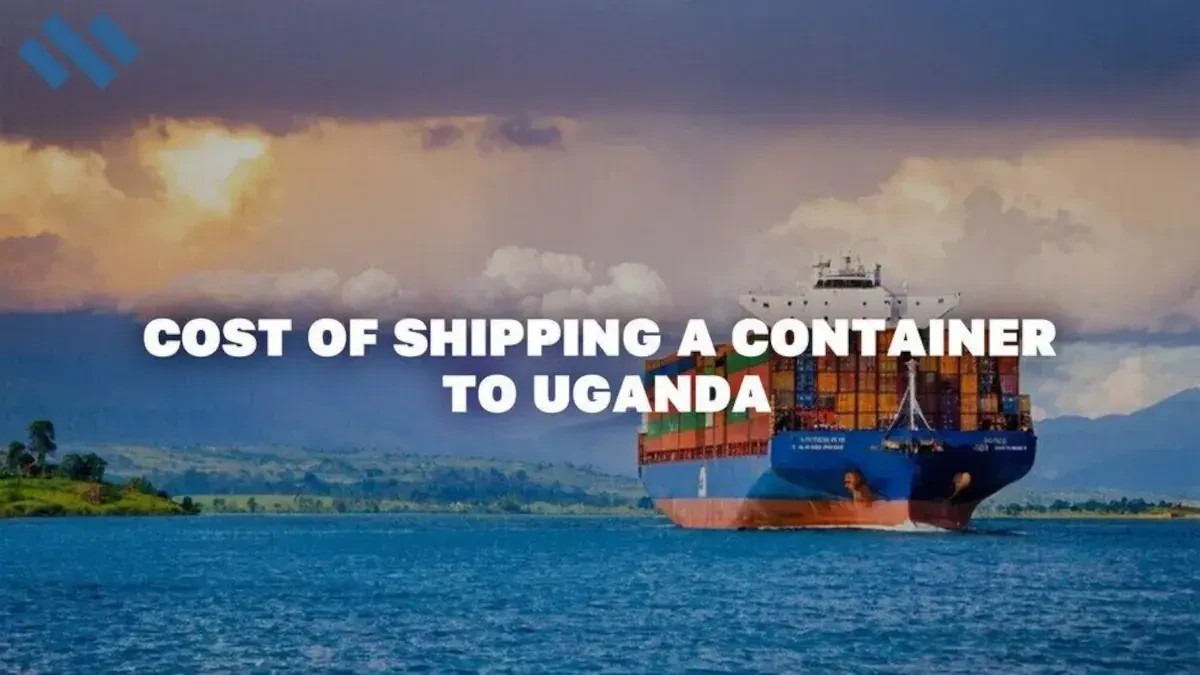
How Much Does It Cost Of Shipping A Container To Uganda?
Shipping to any city or country worldwide can most times be a challenging endeavor, especially if have no prior experience in these types of services and if it feels like you’re doing it alone. But you don’t have to be alone on this journey. That is why Three Movers is here to guide you with the planning, logistics, and everything in-between.
We provide door to door cargo relocating worldwide. Our main services include air freight, sea freight, import taxes, customs clearance, and door delivery etc. Salt lake city is an inland port for high value goods like artwork and electronics which need special care during transport. San francisco, san diego and san antonio are some of the main seaports on west coast where we deliver shipments in the US.
On east coast new york, oklahoma city and uganda shipping ports on cape cod canal are big seaports for door to door overseas shifting services. cargo shipping companies provide actual weight, cost effective and volumetric weight rates as well as dimensional weight for cargo, while online freight calculator can be used to get an estimate of the rate for hauling container services.
So, let’s get started by reading the information below.
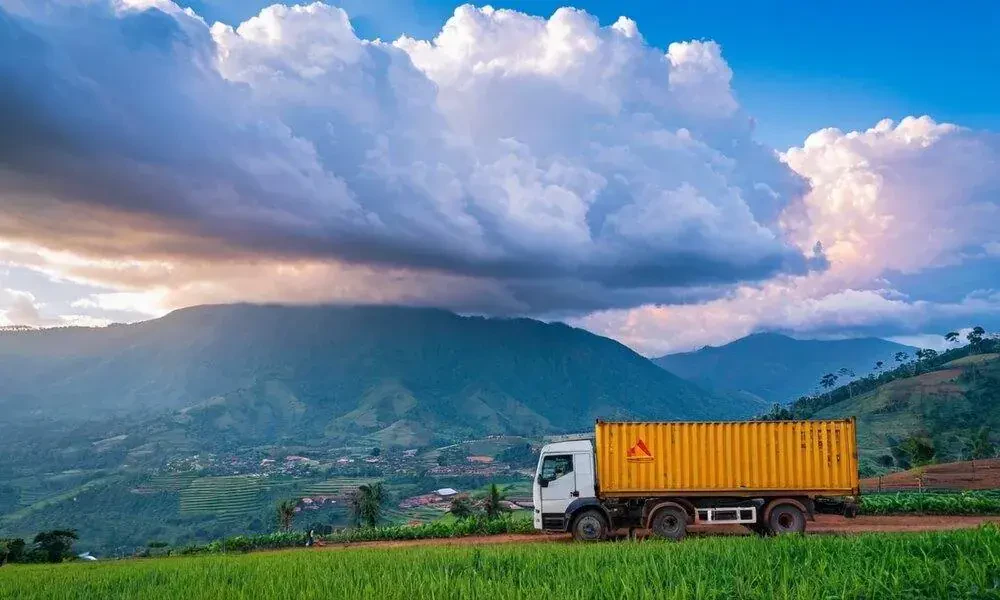
Factors That Affect the Cost of Shipping A Container to Uganda
When planning to relocate a container internationally, there are some factors that need to be taken into consideration such as:
- The volume and weight of the items to be moved: The more goods you put inside of the container, the more expensive it will be.
- The mode of transportation used: Using air cargo service is faster and more secure than sea freight services.
- Distance: The farther the destination, the higher the price will be.
- The peak period: Uganda is at its busiest months from June to September.
- The destination port: Destination ports place a huge deal when it comes to import hauling. Kampala, one of Uganda’s destination ports, provides a list of country requirements, restrictions, forms, certificates, and key custom facts. These are:
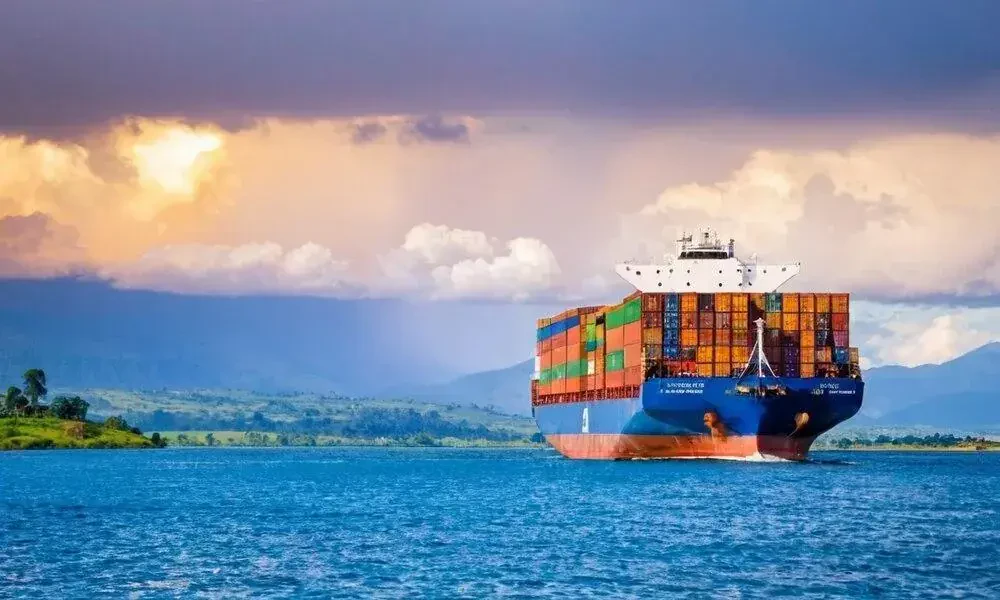
Country Requirements & Restrictions
The Minister of Tourism, Trade, and Industry issued import certificates required for goods on a "negative list," including:
- used tires and certain types of batteries, and have a validity of six months.
- Narcotics
- Pornography
- Counterfeit items
- Cultural artifacts and other objects of cultural importance
- Henna
- Palm tree and any products thereof
- Explosive material Restricted
- Live animals – health certificate required along with complete and valid inoculations
- Endangered species and any products or parts thereof as outlined by CITES maybe be brought in only with CITES permission
- Medication
- Hunting weapons permissible only with authorization obtainable from the Ministry of Interior

Forms & Certificates
Uganda Revenue Authority requires some documents to clear the process of importation such as:
- Import declaration
- Content particulars
- Supplier’s invoice
- Documented evidence carriage of goods
- Customs value declaration
- Compliance information
- Good release order evidence
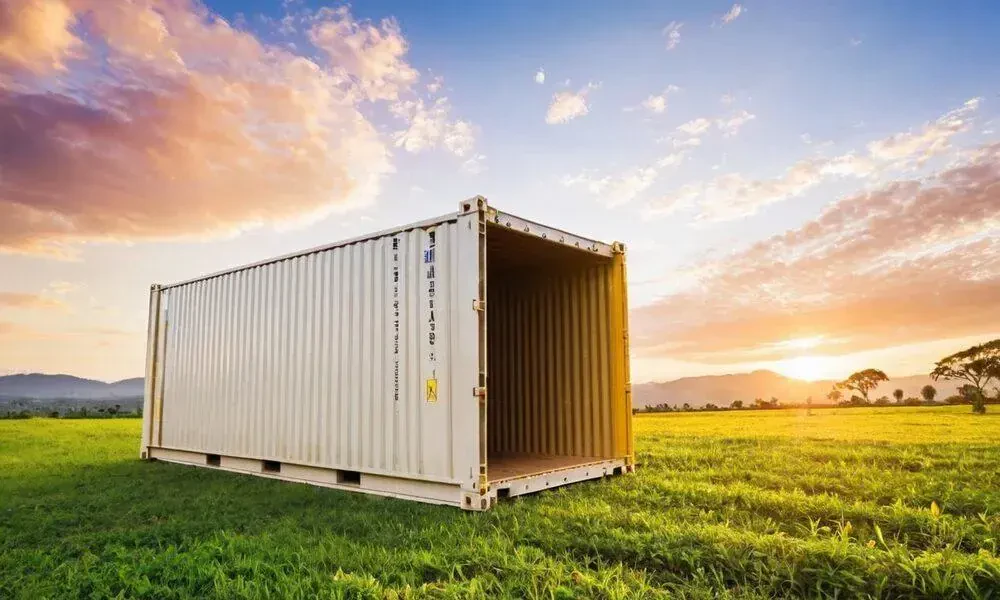
Key Customs Facts
- Certificate of Fumigation (for used personal items)
- Certificate of Conformity (for beverages and foodstuffs)
- Certificate of Inspection (for used vehicles)
- Tax Identification Number certificate (Mandatory for all Cargo)
Average Container Shifting Rates Estimates

FCL shipping is best for transporting lots of boxes, pallets and anything which will require a full container relocating to Uganda of up to 45,000lbs.
Full Container Load (FCL) Hauling Rates | |
|---|---|
| 20 ft Container | $1355 |
| 40 ft Container | $1555 |

LCL is more affordable way to transport less than container load shipments to Uganda.
Less Than Container (LCL) Moving Rates | |
|---|---|
| LCL | $65/CBM |
| Personal Effects | $655 |
| Household Goods | $755 |

International house moving to Uganda services - quick, easy and cheap.
International House Moving Costs | |
|---|---|
| Partial House (2000Lbs & Less) | $555 |
| 1 Bedroom (3850 Lbs) | $1556 |
| 2 Bedroom (4500 Lbs) | $2457 |
| 3+ Bedroom (8750 Lbs) | $3341 |

International auto transport services to Uganda via RoRo and container ships. Ship cars, trucks, suvs, atv's, boats, RV's, heavy equipment and more.
Container Car Shifting | |
|---|---|
| Sedan (Container) | $947 |
| SUV (Container) | $1044 |
| Sedan via RORO | $1444 |
| SUV via RORO | $1577 |
Which Size of Container Works Best for Me?
It can get pretty overwhelming to plan for your container’s shipping voyage and its size will also add to your stress if you don’t have the right people to guide you throughout the process. That’s why Three Movers is here to make your journey smoother.
Most of our customers choose between 20-foot or 40-foot containers. The first option gives you an allowance that is as good as a three-bedroom house’s contents space. While the latter allows you to fit an entire average garage. This means you can move a vehicle in it.
Other than this, you also have to consider its capacity that’s why we’re sharing with you the types of load modes. A full-size container goes along with the Full Container Load (FCL shipment) option. If you don’t have enough items to fit this option, then you can choose the Less Than Container option (LCL shipment) option.
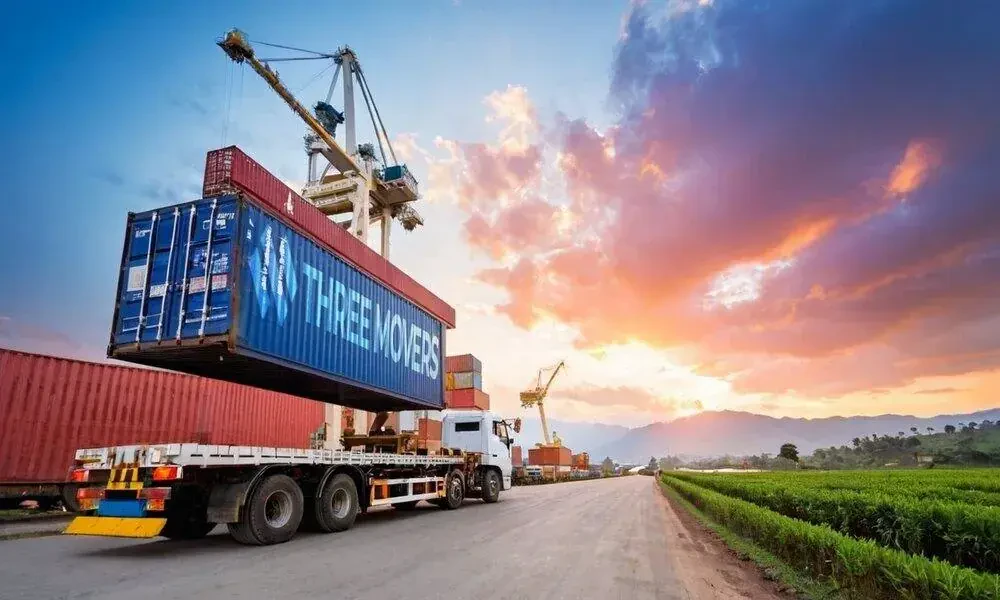
Understanding The Different Types of Freight Transportation
You can choose between air and sea transport for your container. Whilst you can save money and time with ocean freight transportation you may not be able to meet a deadline if you set one. In case you do not this is your best bet. The container can be delivered much more quickly and safely via air freight but the price can increase by as much as five times the rate of the alternative.
What’s Next?
Now that you received the basic information about shipping a container to Uganda, then you may now contact Three Movers to assist you with the process. Just fill-up the form found on the web or give us a call at (888) 202-0036.
Find Cargo Containers For Freight Transport & Relocation
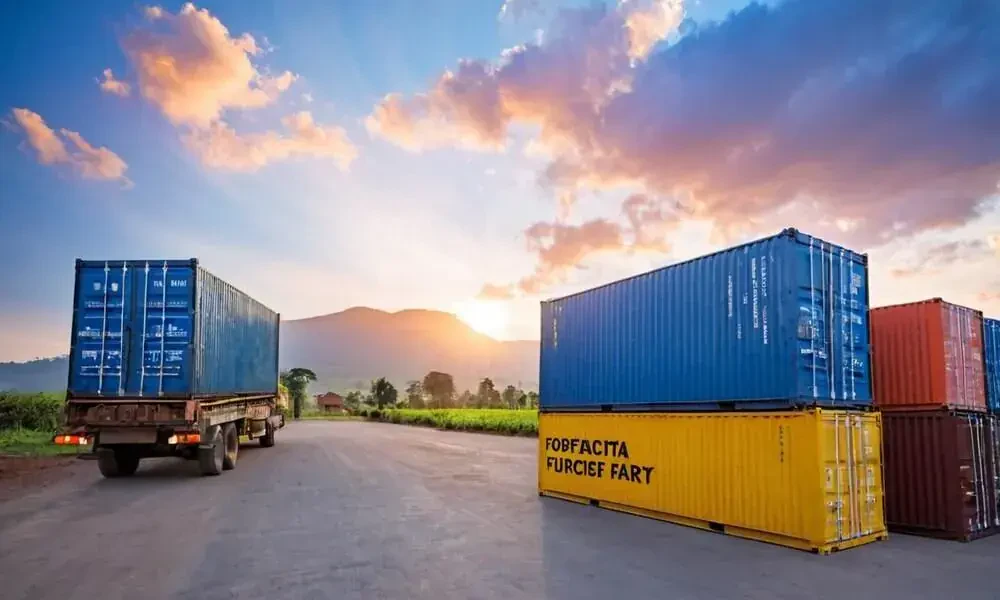
Frequently Asked Questions
Shipping a container to Uganda typically ranges from $3,000 to $8,000 for a 20-foot unit and $5,000 to $11,000 for a 40-foot unit. Prices are shaped by origin port, container size, route congestion, fuel surcharges, carrier selection, and whether you need door-to-door delivery. Costs also rise with customs processing, port handling, and last-mile trucking inside Uganda. Using a detailed estimate tool like the Three Movers international moving costs page can help benchmark expected totals.
Key drivers include distance from the U.S. origin to the loading port, container size, FCL vs LCL, seasonal rate fluctuations, and inland transport inside both countries. U.S. port congestion and long-haul routing through Mombasa or Dar es Salaam commonly add transit and handling fees. Additional costs may include packing, oversized cargo, hazardous declarations, and storage. For broader planning guidance, see the Three Movers moving prices resource.
LCL is cheaper upfront, but FCL often becomes more cost-effective once your cargo exceeds roughly 12–15 cubic meters. FCL avoids consolidation fees and reduces handling at multiple ports. LCL shipments may incur per-cubic-meter pricing, warehouse handling, and longer dwell times. Transit reliability is usually higher for FCL because containers are not opened during routing.
Most ocean shipments to Uganda take 4 to 8 weeks, depending on the U.S. departure port, routing through East Africa, customs clearance, and the inland haul to Kampala or other cities. Congestion at Mombasa or Dar es Salaam, peak-season volume, and vessel capacity can extend timelines. Planning early helps align the delivery window with your move or commercial schedule.
A 20-foot container suits most 1–3 bedroom households, while a 40-foot unit fits larger homes or mixed household-commercial loads. Your decision depends on total cubic volume, need for palletization, whether vehicles are included, and any fragile or high-value cargo requiring special bracing. FCL is recommended if you want secure, sealed loading at origin.
Common extra charges include port handling, documentation, terminal receiving fees, demurrage, detention, customs inspection charges, and inland trucking from East African ports to Uganda. Costs may increase if cargo needs repacking, fumigation, or specialized loading. Understanding these fees early helps avoid unexpected increases in final delivery costs.
Yes. Shipments typically require a commercial invoice, packing list, bill of lading, and certificate of origin. Uganda’s customs authority may request valuation records and import permits for regulated goods. Documentation accuracy directly impacts clearance speed and avoids storage charges at border points.


